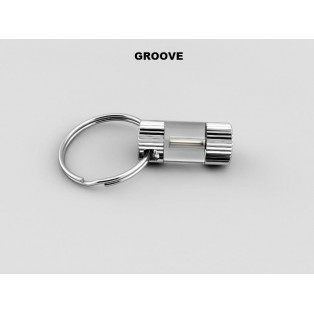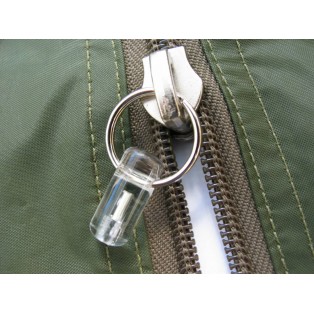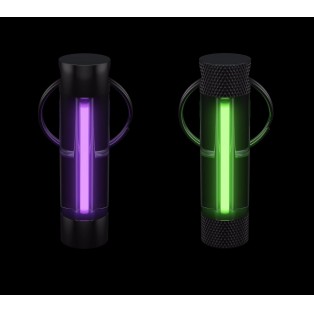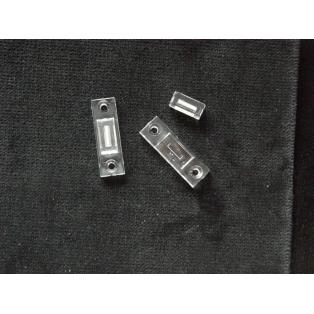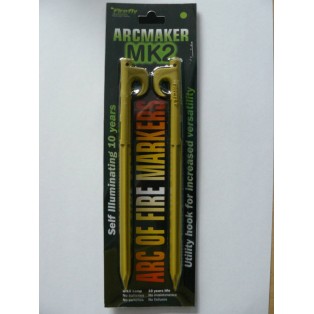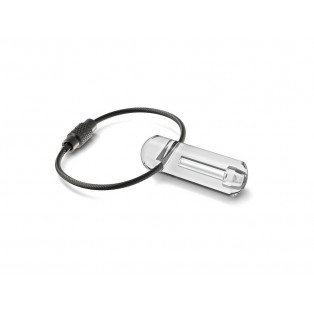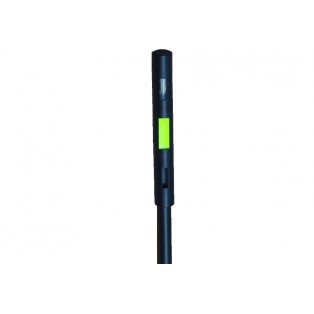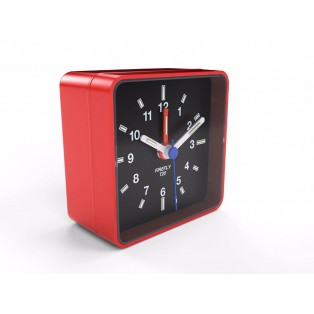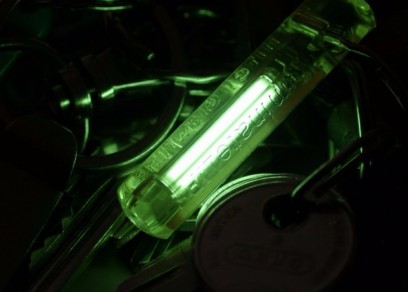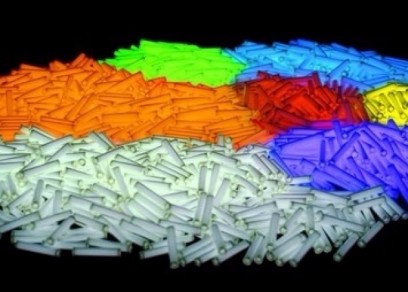Tritium Light, how do they work?
A trigalight® is a self-powered Gaseous Tritium Light Source (GTLS) also known as a nuclear lamp or a betalight. Completely independent of any external energy source. Absolutely reliable throughout a service life of up to 15 years. Continuously illuminated, even during prolonged periods of darkness. Free from service and maintenance throughout its life … no spare parts required.
Trigalight® GTLS are lightweight and compact. They will operate normally in any environmental conditions; in temperatures ranging between -40° to 70°C irrespective of humidity, even when immersed in water. They are inert devices and suitable for use in Zone 0 hazardous areas.
Each Firefly and Glotac device has a trigalight® light source at its core. These light sources produce a continuous light output without any form of electrical power supply or recharging by ambient light. In their basic manufactured form, Trigalights® comprise three components; gaseous tritium, phosphor and borosilicate glass.
Trigalights® utilise beta-particle emissions (resulting from tritium decay) as the energy source for light production. Tritium gas is held captive within a sealed glass vessel, coated on its internal surfaces with a fine phosphor powder. Electrons emitted by the tritium come into direct contact with the phosphor, resulting in the phosphor being energized and producing continuous light output. This light is able to pass through the glass vessel walls to be harnessed in its illumination application. Light wavelength can be controlled by chemical doping of the phosphor, resulting in nine visible colours being available: green, yellow, orange, red, blue, white, ice-blue, purple and pink.
Human safety is paramount. It is important to note that beta-particle radiation is of low energy, unable to penetrate or pass through the glass walls of the vessel. Trigalight® devices have been used widely in safety and industrial applications for many years and are safe for use in both fixed and mobile applications. However, users should not dis-assemble devices or try to access the light source. In their basic ‘source light’ form, Trigalights® are quite brittle and can be broken, resulting in release of the tritium gas, which will expand quickly to atmosphere. If this should occur, illumination will cease.
Users secure the following operational benefits:-
- Enhanced light source reliability, particularly in extreme environmental conditions
- Enhanced security, as the use of electric or chemical lighting is minimized
- Enhanced efficiency, as trigalight® luminance does not affect ‘night eyes’
- Enhanced safety, as very low luminance levels are used
- Reduced resupply concerns, as neither batteries nor recharging are required
- Reduced maintenance workload and spare parts supply logistics
- Flexibility achieved by needing no power supply or batteries
- Nine visible light colour options enable users to differentiate functions
As a sealed source, a trigalight® is non-emissive, providing a safe and uniquely reliable source of light. Used widely in safety applications within the transport, defence and instrumentation sectors where the identification of equipment or personnel in darkness is essential, these light sources offer tremendous benefits to the user in terms of performance and value.
Trigalights®, or Gaseous Tritium Light Sources (GTLS) are manufactured in Bern, Switzerland by MB Microtec AG. Information on the company and details of their extensive product range can be viewed on their website, at www.mbmicrotec.com


